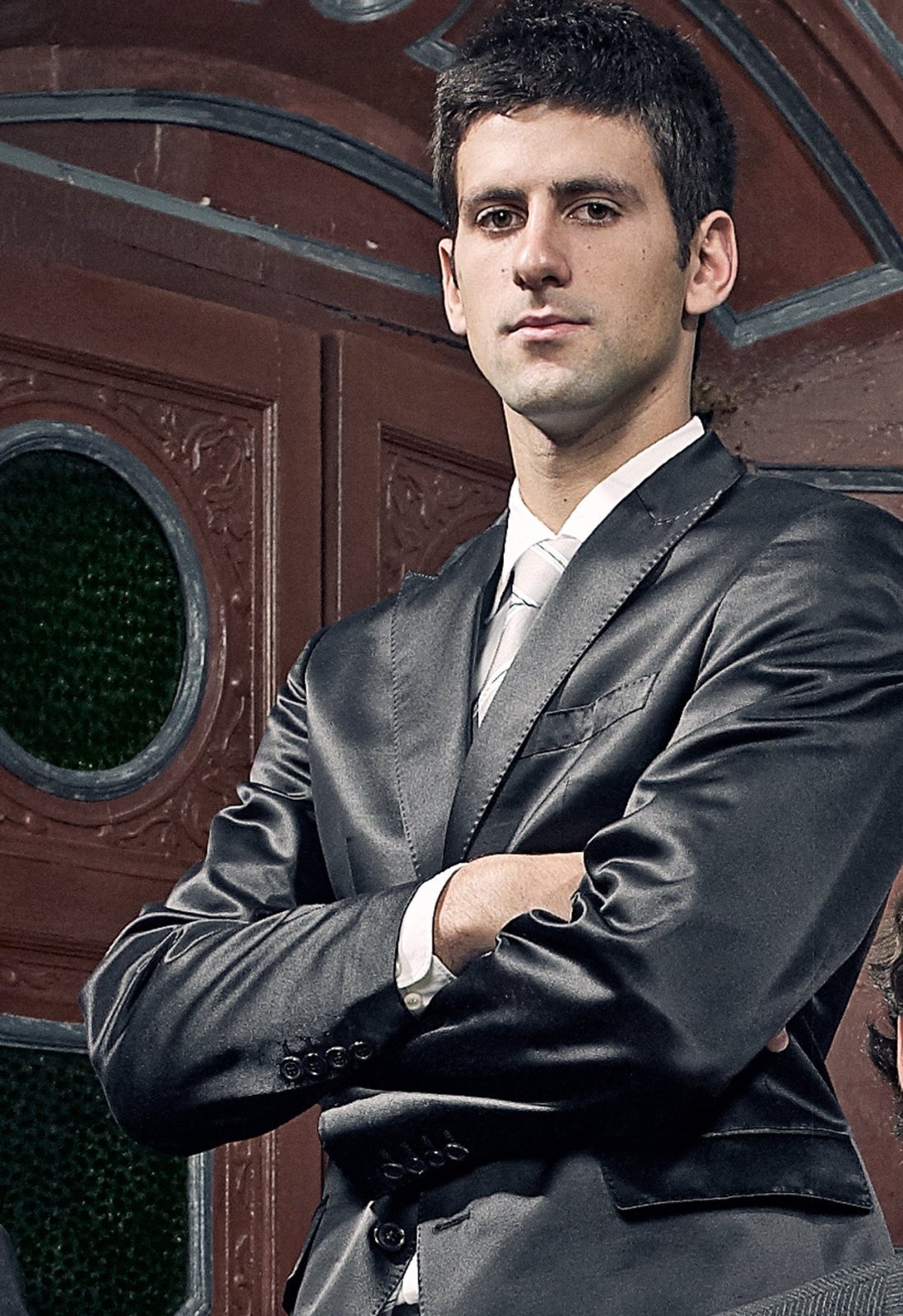Is Novak Djokovic’s recent injury a cause for genuine concern, or simply a bump in the road for one of tennis's all-time greats? The Serbian superstar’s recent struggles with injury, particularly the meniscus tear that forced him out of the 2024 French Open, have ignited a flurry of speculation and debate, questioning both the severity and the long-term implications for his illustrious career.
The tennis world, a realm of gladiatorial contests played out on meticulously maintained courts, thrives on narratives of triumph and resilience. Novak Djokovic, a figure synonymous with both, has long captivated audiences with his unparalleled skill, unwavering mental fortitude, and the sheer dominance he has exerted over the sport. Yet, even titans are not immune to the vulnerabilities inherent in the human body, and Djokovic’s recent bout of physical setbacks has brought a sharp focus on his physical condition and the potential impact on his future performance.
The whispers began swirling during the Australian Open. In the aftermath of the injury that ended his campaign, the first question that emerged was whether Djokovic’s injury was a legitimate concern, or a tactic designed to disrupt his opponent's momentum, and the discussion in the popular online tennis forums such as R/tennis, was filled with opinions and speculations, with some people going to the extent of losing respect for the tennis star, it revealed a spectrum of opinions, ranging from deep concern to outright skepticism. The injury, which ultimately led to his withdrawal, raised eyebrows and prompted immediate comparisons to previous instances where Djokovic had played through pain or sought medical timeouts.
As the dust settled, the severity of the injury became a central point of discussion. Reports emerged that Djokovic would undergo surgery. The diagnosis of a meniscus tear, a common yet potentially debilitating injury for athletes, introduced a new layer of uncertainty. The recovery timeline, the potential impact on his movement and agility, and the possibility of recurrence all became key considerations. Could this be the beginning of a decline, a signal that time, and the relentless demands of professional tennis, were finally catching up with the Serbian maestro?
Djokovic's history with injuries offers both context and complexity to the current situation. There are reports of Djokovic's previous injuries, and their impacts, such as the 10-14 cm tears he endured, with one occurring during the 2021 Australian Open. His ability to recover from those instances demonstrated his exceptional physical resilience. However, with each passing year, the demands of the sport and the accumulated wear and tear on his body inevitably become more significant. In the context of his age and the physical toll that professional tennis takes, the injury raised questions about his long-term career prospects.
The 2024 French Open provided a stark illustration of the challenges Djokovic faced. During a fourth-round match against Francisco Cerundolo, he suffered a knee injury, forcing him to withdraw from the tournament. This incident, along with the subsequent reports of a meniscus tear and the need for surgery, cast doubt on his participation in Wimbledon and raised concerns about the remainder of the season. For a player who has consistently redefined the boundaries of the sport, the injury served as a reminder of the physical limits that even the greatest athletes must confront.
The question of whether Djokovic's injury was legitimate surfaced again, echoing similar debates from previous events. In 2023, during matches, Djokovic displayed heavy strapping, leading some to question the extent of his injuries. In tennis, a sport where mental strength is as crucial as physical prowess, interruptions can disrupt the flow and tactics of a player, no matter how mentally resilient they might be. The use of medical timeouts and the timing of such instances often become points of contention, particularly in high-stakes matches. The nuances of gamesmanship and the psychological warfare that often accompanies high-level competition further complicate matters.
Djokovic's aiming for his 100th singles title in Doha also provides insight into his mindset. His determination to compete, even with physical limitations, is a testament to his drive and commitment. He stated that he almost fully recovered from the injury and set his sights on lifting a 100th singles title. This goal highlights his ambition and desire to continue competing at the highest level.
The tennis world, however, remains eager to witness Djokovic's return to the court and to observe how he navigates this latest challenge. His responses, both on and off the court, will undoubtedly provide further insights into his recovery process, his competitive mindset, and the potential trajectory of his career. The coming months will reveal whether this injury represents a temporary setback or a more significant turning point in the remarkable story of Novak Djokovic.
The narrative of Novak Djokovic is far from over. As he embarks on his recovery journey, he faces both the physical and the mental hurdles that come with any injury. The tennis world watches with bated breath, knowing that the next chapter of his story will be written on the court, one match, one tournament, one challenge at a time.
Here's a table providing an overview of Novak Djokovic's biographical and professional details:
| Attribute | Details |
|---|---|
| Full Name | Novak Djokovic |
| Date of Birth | May 22, 1987 |
| Place of Birth | Belgrade, Serbia |
| Height | 6 ft 2 in (1.88 m) |
| Playing Style | Right-handed (two-handed backhand) |
| Professional Career | 2003–present |
| Grand Slam Titles | 24 (Men's Singles) |
| ATP Ranking | Currently Top 10 |
| Career Prize Money | Over $180 million |
| Notable Achievements |
|
| Coach | Goran Ivanišević (current) |
| Major Rivalries |
|
| Website | Novak Djokovic Official Website |

